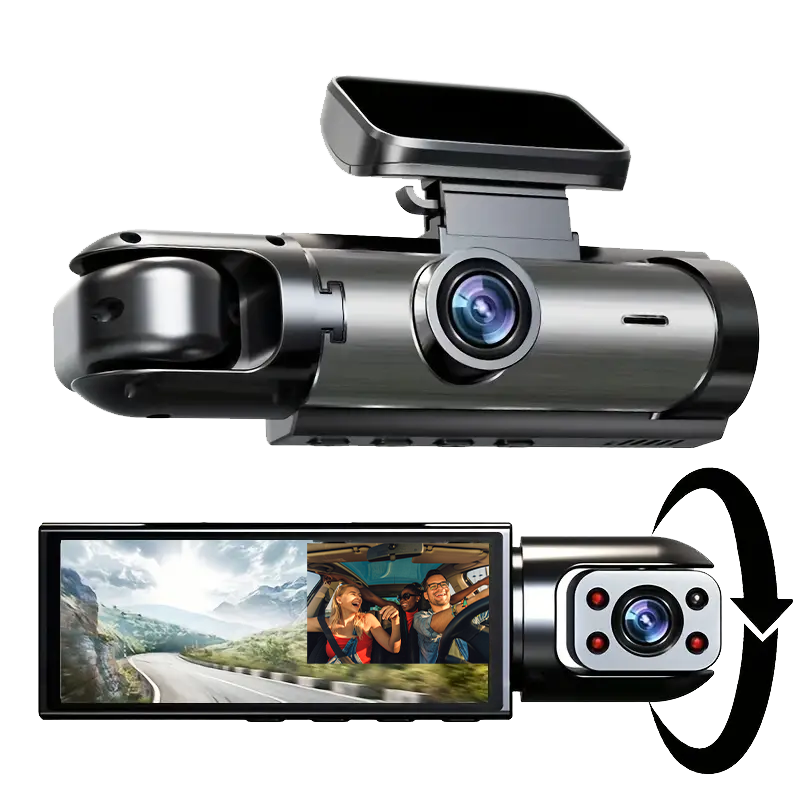
Ford Consul Eota 1951–1956

| Ford Consul | |
|---|---|

1956 Ford Consul Mark II Saloon (204E)
|
|
| Overview | |
| Manufacturer | Ford UK |
| Production | 1951–1962; 1972–1975 |
| Chronology | |
| Predecessor | Ford Pilot |
| Successor | Ford Cortina |
The Ford Consul is a car that was manufactured by Ford UK from 1951 to 1962.
The name was later revived for a model produced by Ford in both Britain and Germany from 1972 to 1975Between 1951 and 1962, the Consul was the four-cylinder base model of the three-model Ford Zephyr range, comprising Consul, Zephyr, and Zephyr Zodiac. In 1956, the line was restyled. In 1962, the Consul was replaced by the Zephyr 4, the mid-range Zephyr model becoming the Zephyr 6, and the top-of-the-range Zephyr Zodiac just being called the Zodiac. At this point, Consul became a range of smaller cars in its own right, initially the Consul Classic and Consul Capri, shortly joined by the even smaller Consul Cortina. The Consul Classic was only made for two years (August 1961 - March 1963), before being replaced by the Consul Corsair. The Consul Capri was made from October 1961 until August 1964.
The Consul Classic, the Consul Capri, and the Consul Corsair (made from 1963 until 1970) were relatively short-lived, but the Ford Cortina, after losing (along with the Corsair) the "Consul" tag in 1964, went on to become a best-seller. The Consul name was again used by Ford from 1972 to 1975 on a replacement for the Zephyr range, now sharing a body with the more luxurious Ford Granada Mark I. The two-door coupé Capri's name was also reintroduced in 1969.
Ford Consul EOTA (1951–1956)
| Ford Consul (EOTA) | |
|---|---|
 |
|
| Overview | |
| Production | 1951–1956 227,732 produced |
| Body and chassis | |
| Body style | 4-door saloon, estate car, convertible |
| Powertrain | |
| Engine | 1.5 L straight-4 |
| Dimensions | |
| Wheelbase | 100 in (2,540 mm) |
| Length | 164 in (4,166 mm) |
| Width | 64 in (1,626 mm) |
| Height | 61 in (1,500 mm)(convertible) |
The 1500 cc four-cylinder Consul was first shown at the 1950 London Motor Show. It was the start of Ford of Britain's successful attack on the family saloon car market. With stablemate Zephyr, it was the first British Ford with modern unibody construction. The Zephyr Six replaced the larger-engined V-8 Pilot which had only been made in small numbers. The Consul was given the Ford code of EOTA. Most cars were four-door saloons with body design by George Walker of the parent United States Ford Motor Company, but a few estate cars were made by the coachbuilder Abbott. From 1953, a convertible conversion by Carbodies became available. Having lost most of its strength with its roof, the unibody was reinforced by welding in a large X-frame to the floor pan. Unlike the more expensive Zephyr, the hood (convertible top) had to be put up and down manually.
It was also the first car they built with up-to-date technology. The new 1508 cc 47 bhp (35 kW) engine had overhead valves, and hydraulic clutch operation was used, which in 1950 was an unusual feature. However, a three-speed gearbox, with synchromesh only on second and top, was retained. The Consul was also the first British production car to use the now-common MacPherson strut independent front suspension.
The bench front seat was trimmed in PVC, and the handbrake was operated by an umbrella-style pull lever under the facia (dash). The windscreen wipers used the antiquated vacuum system, but it came from a vacuum pump linked to the camshaft-driven fuel pump instead of the induction manifold as on Ford's earlier applications of this arrangement. Clearly keen to keep things positive, a 1950 road test by the British Autocar magazine reported that the wipers were "free from the disadvantage of early suction-driven wipers that dried up at wide throttle opening ... and spare[d] the battery". The initial dashboard was a flat, symmetrical panel with interchangeable instrument cluster and glovebox, but from September 1952, a redesigned asymmetrical dashboard was fitted, and the instruments, consisting of speedometer, ammeter, and fuel gauge, were positioned in a housing above the steering column, with a full-width parcel shelf on which an optional radio could be placed.
A car tested by The Motor in 1953 had a top speed of 72 mph (116 km/h) and could accelerate from 0-60 mph (97 km/h) in 28 seconds. A fuel consumption of 26 miles per imperial gallon (11 L/100 km; 22 mpg‑US) was recorded. The test car cost £732 including taxes.
-

Ford Consul Convertible (EOTA)
-

Ford EOTA Consul
-

A 1952 Consul
-

Carbodies Convertible
-

Top-down Consul
-

Inside the Consul
-

Ford Consul - contemporary photograph
-
Ford Consul four-door saloon from the front (1954)








